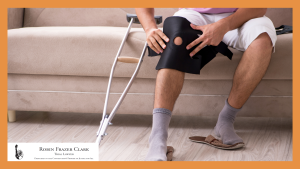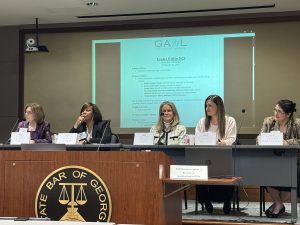



Last week we were thrilled to have Georgia Trial Lawyer McCracken King Poston, Jr. be our guest speaker at Lawyers Club of Atlanta. McCracken regaled the crowd of over 200 attorneys with stories about his trial in Ringgold, Georgia in which he represented Alvin Ridley, who was accused of holding his wife captive in their basement for almost three decades before killing her.
McCracken Poston is a former four-term legislator in the Georgia House of Representatives. He is a graduate of the University of Tennessee at Chattanooga and is a 1985 graduate of The University of Georgia School of Law. He has practiced law for 39 years in Georgia. He gained national attention for his handling of several notable cases that were featured on CNN Presents, Dateline NBC, A & E’s American Justice and Forensic Files.
McCracken’s new book “Zenith Man: Death, Love and Redemption in a Georgia Courtroom” tells the tale of Alvin Ridley, accused of murdering his wife, and McCracken’s courtroom battle for Justice for Alvin. Alvin was a difficult client, storing evidence in a cockroach-infested suitcase, unwilling to reveal key facts to his defender. Gradually, Poston pieced together the full story behind Virginia and Alvin’s curious marriage and her cause of death—which was completely overlooked by law enforcement. Calling on medical experts, testimony from Alvin himself, and a wealth of surprising evidence gleaned from Alvin’s junk-strewn house, Poston presented a groundbreaking defense that allowed Alvin to return to his peculiar lifestyle, a free man.
 Atlanta Injury Lawyer Blog
Atlanta Injury Lawyer Blog




























